The Importance of Crop Rotation in Sustainable Farming
Crop rotation is more than just a farming technique; it’s a vital practice that can transform the way we approach agriculture. Imagine a world where farmers can grow healthier crops, enrich their soil, and combat pests—all while boosting their profits. Sounds like a dream, right? Well, it’s not! This is the reality that crop rotation offers, making it a cornerstone of sustainable farming practices. By alternating the types of crops grown in a particular area over seasons, farmers can harness nature’s power to improve their yields and maintain ecological balance.
But why is crop rotation so significant? First off, let’s talk about soil health. Healthy soil is the foundation of any successful farming operation. When different crops are planted in succession, they interact with the soil in unique ways. For example, legumes like beans and peas fix nitrogen in the soil, enriching it for subsequent crops. This is a natural way of fertilizing the land without relying on synthetic chemicals, which can harm the environment. Moreover, diverse planting leads to a more robust soil structure, enhancing its ability to retain water and nutrients. Think of it as a buffet for the soil, where each crop contributes something different, making the overall meal more nutritious.
Additionally, crop rotation plays a crucial role in pest management. Many pests and diseases thrive on specific crops, so by rotating different types of plants, farmers can disrupt these pests’ life cycles. This means fewer pests and diseases, which translates to reduced reliance on chemical pesticides. Imagine walking through a field where the crops are thriving and the pests are kept at bay naturally—this is the magic of crop rotation in action!
Furthermore, the economic benefits of crop rotation cannot be overlooked. By improving soil health and reducing pest populations, farmers can achieve higher yields and lower input costs. This financial advantage allows farmers to invest more in their operations, explore new market opportunities, and ultimately improve their livelihoods. In the face of fluctuating market prices, having a diverse cropping system can provide a safety net, ensuring farmers remain resilient and adaptable.
In summary, crop rotation is a powerful tool in the arsenal of sustainable farming. It enhances soil health, supports pest management, and boosts economic viability, creating a win-win scenario for farmers and the environment alike. As we continue to seek sustainable solutions to feed a growing population, the importance of practices like crop rotation will only increase. So, let’s embrace this age-old method and pave the way for a greener, healthier future!
- What is crop rotation? Crop rotation is the practice of growing different types of crops in the same area across a sequence of seasons. This method helps improve soil health and manage pests.
- How does crop rotation improve soil health? Different crops have unique nutrient requirements and root structures, which can enhance soil structure and nutrient content while preventing soil erosion.
- Can crop rotation reduce pesticide use? Yes! By disrupting the life cycles of pests, crop rotation can lead to lower pest populations, thus reducing the need for chemical pesticides.
- What economic benefits does crop rotation provide? Crop rotation can lead to higher yields, lower input costs, and access to new markets, ultimately enhancing farmers’ profitability.
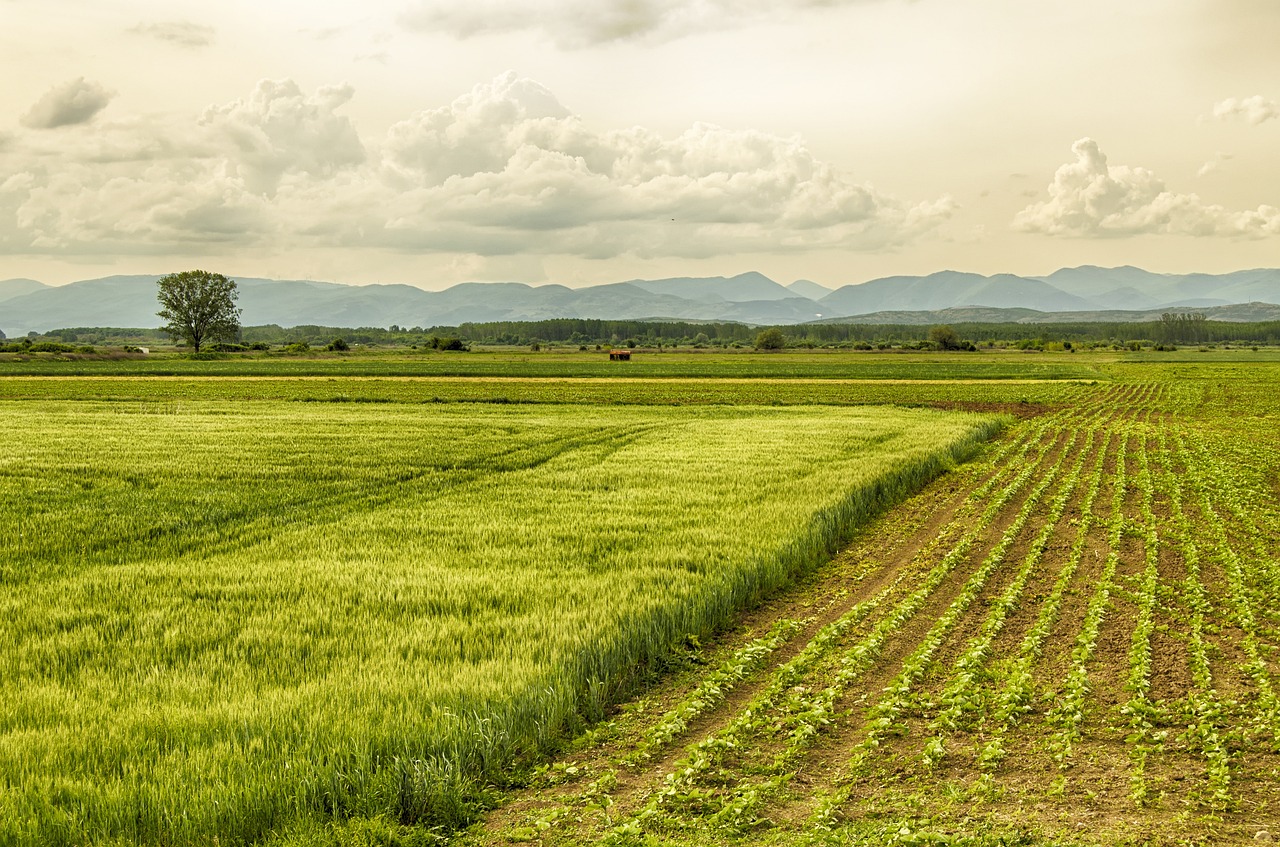
Benefits of Crop Rotation
Crop rotation is much more than just a farming technique; it’s a game changer for sustainable agriculture. Imagine your fields as a dynamic ecosystem, where each crop plays a unique role in enhancing the overall health of the soil and the environment. By rotating crops, farmers can tap into a multitude of benefits that not only promote sustainability but also boost productivity. One of the most significant advantages is the improvement of soil fertility. Different plants have varying nutrient requirements and, when rotated, they can help replenish the soil with essential nutrients. For example, legumes, such as peas and beans, have the ability to fix nitrogen in the soil, enriching it for the subsequent crops.
Additionally, crop rotation can lead to reduced pest populations. When the same crop is planted repeatedly, pests and diseases that target that specific crop can thrive. However, by changing the crop variety, farmers can disrupt the life cycles of these pests, leading to a natural reduction in their populations. This not only lessens the need for chemical pesticides but also fosters a healthier ecosystem. Furthermore, studies have shown that implementing crop rotation can enhance overall crop yields. Farmers often find that by rotating their crops, they can achieve better harvests compared to monoculture practices. This is because diverse crops can improve soil structure, enhance nutrient availability, and reduce competition among plants for resources.
The benefits of crop rotation extend beyond just the immediate physical improvements. It also promotes a more resilient farming system. With climate change and unpredictable weather patterns becoming the norm, having a diverse cropping system can help mitigate risks. For instance, certain crops may thrive in drier conditions while others may perform better in wetter climates. By having a variety of crops, farmers can adapt to these changes more efficiently, ensuring food security and stability in their operations.
In summary, the benefits of crop rotation are multifaceted and crucial for sustainable farming practices. From enhancing soil health to reducing pest populations and increasing yields, this practice is a vital tool for farmers looking to embrace sustainability. As we delve deeper into the specifics of how crop rotation impacts soil health and pest management, it becomes clear that this practice is not just beneficial; it’s essential for the future of agriculture.

Soil Health Improvement
Implementing crop rotation can significantly enhance soil structure and nutrient content, making it a cornerstone of sustainable farming practices. Imagine your soil as a living organism, constantly in need of care and nourishment. Just like a balanced diet is essential for our health, diverse planting is vital for the vitality of the soil. When farmers rotate their crops, they introduce a variety of plants, each with unique nutrient requirements and root structures. This diversity not only enriches the soil but also enhances its ability to retain water and resist erosion.
One of the most compelling reasons to practice crop rotation is its profound impact on nutrient management. Different crops extract and replenish various nutrients from the soil. For instance, legumes such as peas and beans fix nitrogen in the soil, which is crucial for the growth of subsequent crops like corn or wheat. By alternating these crops, farmers can create a natural cycle that promotes nutrient cycling and replenishment. This cycle helps maintain a balanced nutrient profile, ensuring that the soil remains fertile year after year.
Furthermore, certain crops play a pivotal role in reducing soil erosion. For example, deep-rooted plants, such as alfalfa, can stabilize the soil, preventing it from washing away during heavy rains. Their extensive root systems bind the soil together, creating a robust foundation that supports other plants. This is particularly important in areas prone to erosion, where a single crop might leave the soil vulnerable. By integrating a variety of crops, farmers can create a protective barrier against the elements.
Another fascinating aspect of crop rotation is its ability to enhance soil microbial activity. The introduction of different plants encourages a diverse microbial community, essential for breaking down organic matter and making nutrients available to plants. Healthy soil is teeming with life, and a diverse microbial population ensures that nutrients are efficiently cycled through the ecosystem. This microbial activity not only supports plant growth but also contributes to soil structure, making it more resilient against compaction and degradation.
In summary, crop rotation is not just a technique; it's a holistic approach to farming that nurtures the soil. By fostering a diverse ecosystem, farmers can improve soil health, enhance nutrient management, reduce erosion, and promote microbial activity. This interconnectedness is what makes sustainable farming not only a practical choice but a necessary one for the future of agriculture.
- What is crop rotation? Crop rotation is the practice of alternating different crops in the same field to improve soil health and manage pests.
- How does crop rotation improve soil health? It enhances nutrient cycling, reduces erosion, and promotes a diverse microbial community in the soil.
- Can crop rotation reduce the need for fertilizers? Yes, by maintaining a balanced nutrient profile through diverse planting, it can lessen reliance on chemical fertilizers.
- What are some examples of crop rotation? Common rotations include alternating legumes with cereals or rotating deep-rooted crops with shallow-rooted ones.

Nutrient Management
Nutrient management is a critical aspect of sustainable farming, and crop rotation plays an essential role in maintaining balanced soil nutrient levels. When you think about it, different crops have unique nutritional needs, much like how each person has different dietary requirements. For example, legumes such as peas and beans are known for their ability to fix nitrogen in the soil, enriching it significantly. On the other hand, crops like corn and wheat tend to deplete nitrogen levels as they grow. By rotating these types of crops, farmers can naturally replenish the soil's nutrient content without relying heavily on synthetic fertilizers.
Moreover, crop rotation fosters a dynamic nutrient cycling process. When farmers switch between various crops, they create a diverse ecosystem that supports the complex interactions between plants and soil microorganisms. This diversity encourages the presence of beneficial bacteria and fungi, which are crucial for breaking down organic matter and making nutrients more accessible to plants. Think of it as a well-orchestrated symphony where each instrument contributes to a harmonious outcome. The result? Healthier plants that yield more produce, which is a win-win situation for both farmers and consumers.
To illustrate the benefits of crop rotation on nutrient management, consider the following table:
| Crop Type | Nutrient Impact | Example of Rotation |
|---|---|---|
| Legumes | Fix nitrogen, improve soil fertility | Peas followed by corn |
| Cereal Grains | Deplete nitrogen, require high nutrients | Wheat followed by soybeans |
| Root Crops | Improve soil structure, enhance microbial activity | Carrots followed by clover |
By understanding the nutrient dynamics involved in crop rotation, farmers can tailor their practices to optimize soil health. This not only leads to improved crop yields but also reduces the dependency on chemical fertilizers, which can be harmful to the environment. The beauty of crop rotation lies in its simplicity: by planning ahead and being mindful of the crops planted in succession, farmers can create a sustainable farming system that benefits everyone.
- What is crop rotation? Crop rotation is the practice of alternating the types of crops grown in a particular area across seasons to improve soil health and reduce pests.
- How does crop rotation improve soil fertility? Different crops have varying nutrient requirements, and rotating them helps balance nutrient levels in the soil and promotes nutrient cycling.
- Can crop rotation help reduce pests? Yes, by disrupting the life cycles of pests and weeds, crop rotation can lead to lower pest populations and reduce the need for chemical pesticides.
- What are the economic benefits of crop rotation? Crop rotation can lead to cost reductions by minimizing chemical inputs and increasing yields, as well as opening new market opportunities for diverse crops.
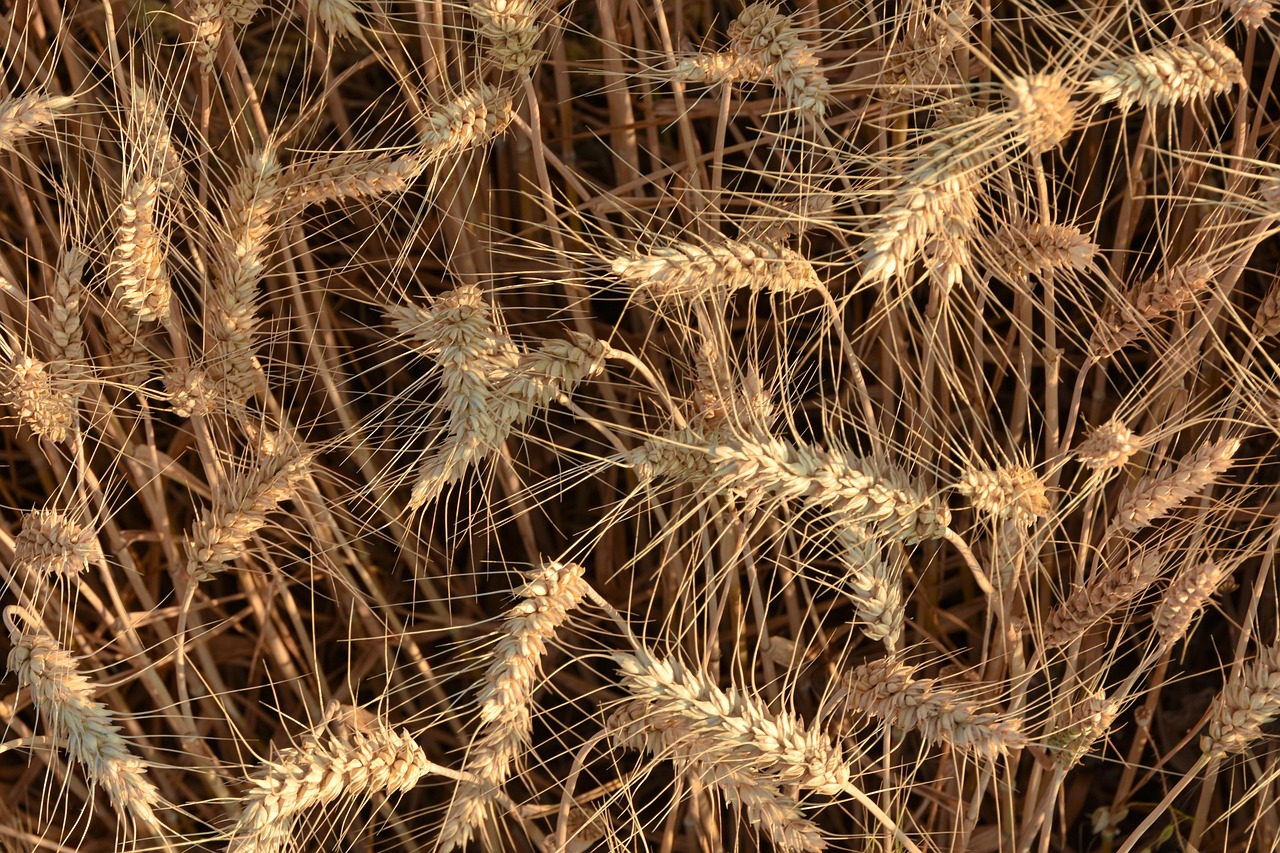
Reducing Soil Erosion
Soil erosion is a silent but destructive force that can undermine the very foundation of farming. Imagine your garden, flourishing one day, only to see its rich topsoil washed away by a heavy rain or blown away by the wind. This scenario is not just a gardener's nightmare; it's a reality for many farmers who face the relentless battle against soil erosion. Fortunately, crop rotation emerges as a powerful ally in this struggle. By strategically alternating the types of crops planted in a field, farmers can significantly enhance soil stability and health.
One of the key ways crop rotation helps reduce soil erosion is through the establishment of diverse root systems. Different crops have varying root structures and depths, which can anchor the soil more effectively than a single crop planted year after year. For example, deep-rooted crops like alfalfa can penetrate the soil, creating channels that allow water to seep in rather than run off. In contrast, shallow-rooted crops, when rotated with deeper ones, can help maintain a balance that protects the soil from erosion. This interplay of root systems acts like a natural network, holding the soil together and preventing it from being washed or blown away.
Moreover, certain crops are particularly effective at preventing erosion due to their growth habits. For instance, cover crops such as clover or rye can be planted during the off-season. These crops not only cover the soil but also improve its structure and fertility. When they die back, they leave behind organic matter that enhances soil quality and protects it from erosion. The roots of these cover crops act like a protective blanket, shielding the soil from harsh weather conditions and reducing the impact of raindrops that can dislodge soil particles.
In addition to improving soil structure, crop rotation also contributes to better water retention. Different crops have varying water requirements and uptake patterns. By rotating crops, farmers can optimize moisture levels in the soil, ensuring that it remains adequately hydrated while minimizing runoff. This is crucial in maintaining a healthy ecosystem, as well as promoting sustainable farming practices. A well-managed crop rotation system can lead to a more resilient farming operation, capable of withstanding the challenges posed by climate change and extreme weather events.
To summarize, the role of crop rotation in reducing soil erosion is multifaceted and vital for sustainable farming. By implementing diverse planting strategies, farmers can:
- Enhance soil stability through varied root systems.
- Utilize cover crops to protect and enrich the soil.
- Optimize water retention and reduce runoff.
These practices not only safeguard the soil but also contribute to a healthier agricultural ecosystem, ensuring that future generations can continue to cultivate the land.
Q1: How does crop rotation specifically help in preventing soil erosion?
A1: Crop rotation helps prevent soil erosion by promoting diverse root systems that stabilize the soil, using cover crops to protect the soil surface, and improving water retention through varied planting strategies.
Q2: Can any crop be used in rotation to reduce erosion?
A2: While almost any crop can be part of a rotation, those with deep roots or cover crops like clover and rye are particularly effective in preventing erosion.
Q3: How often should I rotate my crops to see benefits?
A3: It's typically recommended to rotate crops each season or every year, depending on the specific crops and local conditions, to maintain soil health and reduce erosion effectively.
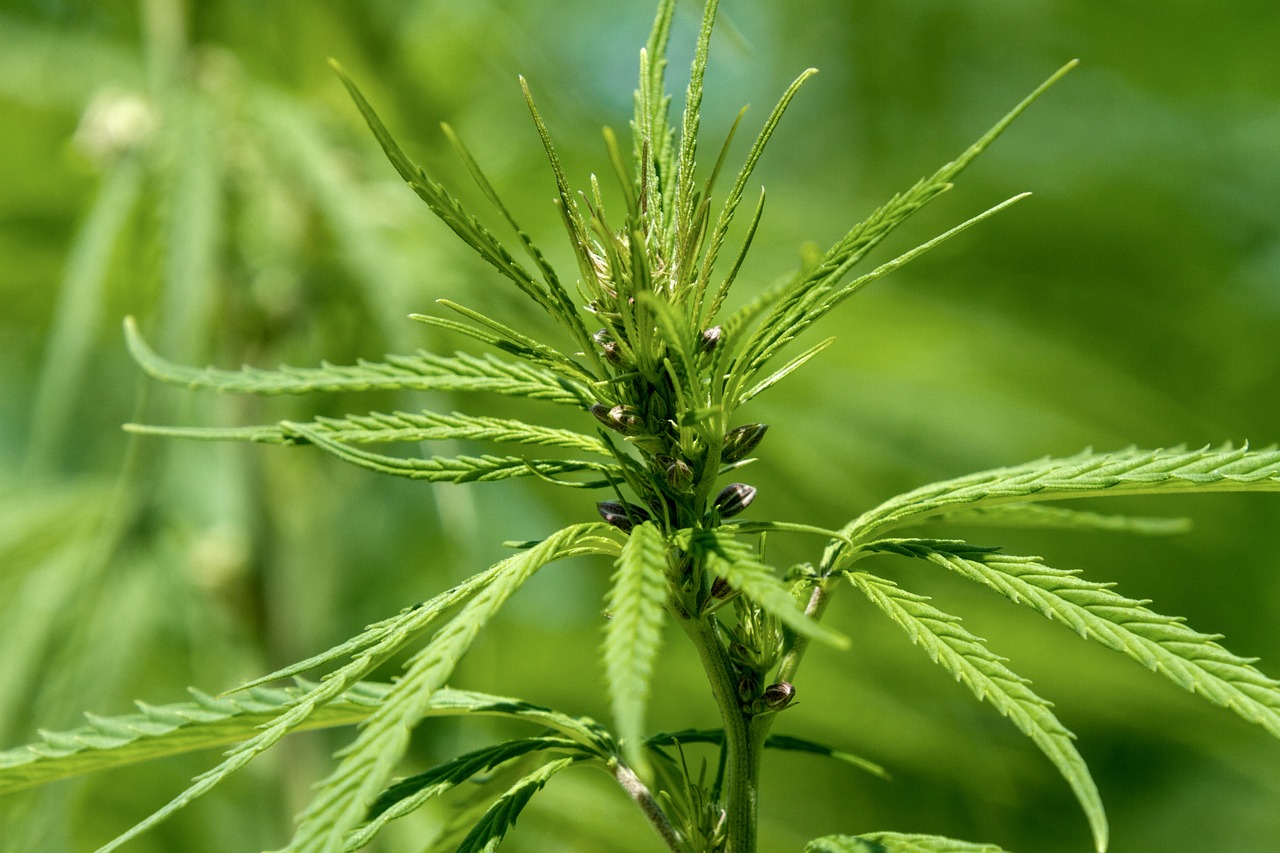
Enhancing Soil Microbial Activity
Soil is often overlooked, but it's a bustling metropolis of life beneath our feet, teeming with microorganisms that play a crucial role in maintaining the health of our crops. When we talk about , we’re diving into the vibrant world of bacteria, fungi, and other microbes that are essential for nutrient cycling and soil fertility. Just like a diverse city thrives on the contributions of its inhabitants, a diverse microbial community in the soil promotes healthier crops and more resilient ecosystems.
One of the most significant advantages of crop rotation is its ability to foster this microbial diversity. When farmers rotate crops, they introduce various plant species into the soil, each with unique root structures and exudates that feed different types of microbes. For instance, legumes like clover or beans can fix nitrogen in the soil, providing a feast for beneficial bacteria. In contrast, deep-rooted plants like sunflowers can reach nutrients that are otherwise inaccessible to shallow-rooted crops. This is akin to a community potluck where everyone brings their specialty dish, enriching the overall meal.
Moreover, a healthy microbial community contributes to nutrient availability. Microbes break down organic matter, releasing essential nutrients that crops need to thrive. This process not only enhances soil fertility but also improves its structure, making it more resilient to erosion and compaction. The more diverse the microbial life, the better the soil can respond to stresses, such as drought or nutrient depletion. In essence, by rotating crops, we are nurturing a vibrant ecosystem that supports our farming practices.
But how do we measure the impact of crop rotation on microbial activity? Research has shown that fields with diverse crop rotations have higher microbial biomass and activity compared to monoculture systems. For example, a study conducted by agricultural scientists revealed that:
| Crop System | Microbial Biomass (g/m²) | Microbial Activity (CO2 produced, mg/kg soil/day) |
|---|---|---|
| Monoculture (corn) | 150 | 10 |
| Diverse Rotation (corn, beans, clover) | 250 | 20 |
This table clearly illustrates that a diverse rotation not only increases the microbial biomass but also boosts microbial activity, leading to healthier soil. The implications of this are profound: healthier soils mean better crop yields, reduced need for chemical fertilizers, and a more sustainable farming practice overall.
In conclusion, enhancing soil microbial activity through crop rotation is not just a beneficial practice; it is essential for sustainable agriculture. By fostering a diverse community of soil microbes, farmers can improve soil health, boost nutrient cycling, and create a more resilient agricultural system. Just like a well-tended garden flourishes with a variety of plants, our soils thrive when we embrace diversity in our cropping systems.
- What is crop rotation? Crop rotation is the practice of growing different types of crops in the same area in sequential seasons to improve soil health and reduce pest and weed pressures.
- How does crop rotation benefit soil health? It enhances microbial activity, improves nutrient cycling, and helps prevent soil erosion.
- Can crop rotation help with pest management? Yes, rotating crops disrupts the life cycles of pests, leading to reduced populations and lower reliance on pesticides.
- What types of crops are best for rotation? A mix of legumes, grains, and deep-rooted plants is ideal, as they contribute different nutrients and improve soil structure.
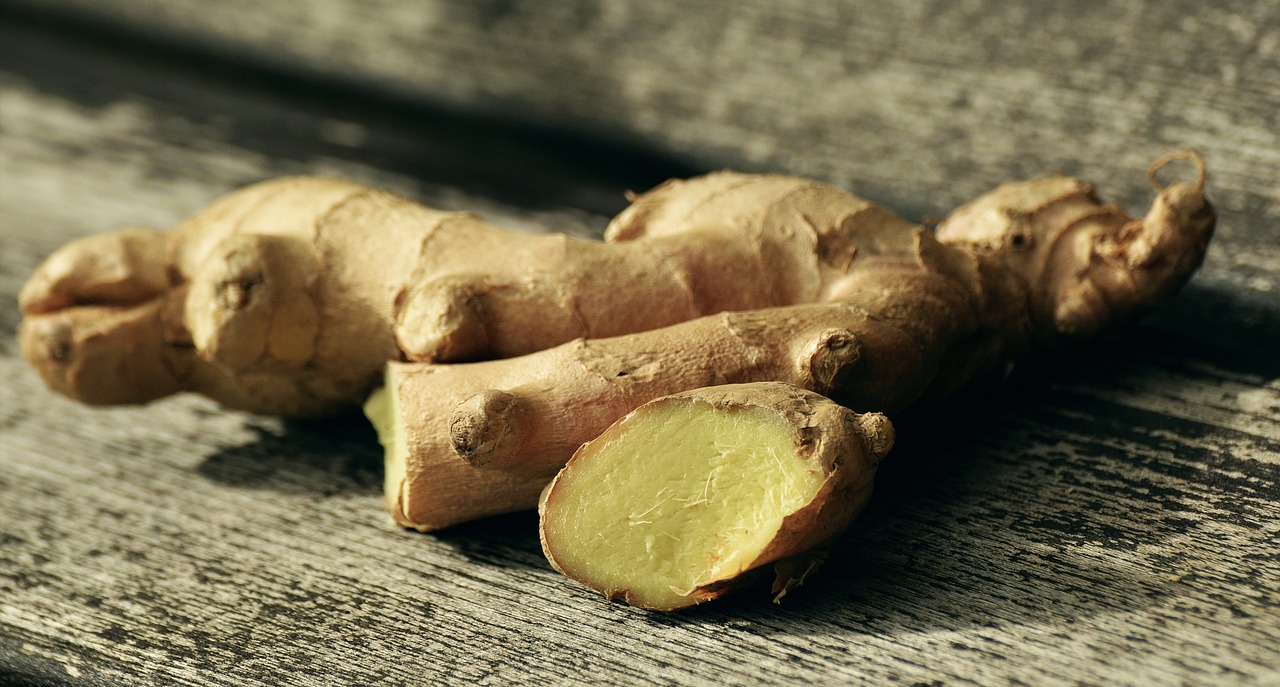
Weed and Pest Management
Crop rotation is not just a method of planting; it's a powerful strategy for that can transform the way farmers approach their fields. By alternating different crops in a systematic manner, farmers can disrupt the life cycles of weeds and pests that thrive on monoculture practices. Imagine a farmer planting the same crop year after year; it’s like inviting the same guests to a party—they know exactly what to expect and how to take advantage of the situation. However, when crops are rotated, it’s akin to changing the guest list. Each new crop presents a different environment, making it difficult for pests and weeds to establish themselves.
One of the main advantages of crop rotation is its ability to reduce reliance on chemical herbicides and pesticides. When you plant diverse crops, many of which have different growth habits and root structures, you create a more complex ecosystem. This complexity can lead to natural pest control as beneficial insects, like ladybugs and lacewings, find a welcoming habitat. For example, rotating legumes with other crops can enhance the presence of these beneficial insects, which help keep pest populations in check. Moreover, certain crops can release natural compounds into the soil that deter pests, further enhancing the effectiveness of this method.
Consider a scenario where a farmer alternates between corn and soybeans. Corn is susceptible to certain pests like the corn rootworm, while soybeans attract different pests. By rotating these two crops, the farmer effectively confuses the pests, making it harder for them to thrive. This technique not only maintains lower pest populations but also results in healthier crops. Healthy plants are less prone to diseases and pests, creating a more sustainable farming system.
In addition to reducing pests, crop rotation can also help in managing weed populations. Weeds often adapt to the specific conditions of a particular crop, making them resilient to the same herbicides used repeatedly. By changing the crops, the conditions change, and so do the weed dynamics. For instance, a farmer might plant a cover crop after harvesting their main crop, which can suppress weed growth effectively. This method not only controls weeds but also adds organic matter to the soil, boosting its fertility.
To illustrate the effectiveness of crop rotation in weed and pest management, here's a simple table summarizing the benefits:
| Benefit | Description |
|---|---|
| Disruption of Life Cycles | Rotating crops confuses pests and weeds, making it difficult for them to establish and thrive. |
| Reduced Chemical Use | Less reliance on herbicides and pesticides lowers farming costs and promotes environmental health. |
| Enhanced Biodiversity | Diverse planting promotes beneficial insect populations that naturally control pests. |
| Improved Soil Health | Healthy soils support healthy plants, which are less susceptible to diseases and pests. |
In conclusion, through crop rotation is a sustainable practice that not only protects the crops but also enhances the overall health of the farming ecosystem. By embracing this method, farmers can create a more resilient agricultural system that benefits both their yields and the environment. It’s a win-win situation that underscores the importance of thinking beyond the immediate benefits and considering the long-term health of the land.
- What is crop rotation?
Crop rotation is the practice of alternating different crops in the same area across seasons to improve soil health and manage pests. - How does crop rotation help with pest management?
By changing the types of crops grown in a particular area, crop rotation disrupts the life cycles of pests, making it harder for them to thrive. - Can crop rotation reduce the need for chemical pesticides?
Yes, rotating crops can lead to lower pest populations, which in turn reduces the reliance on chemical pesticides. - What are some examples of crops that can be rotated?
Common examples include rotating legumes with grains, or alternating between root crops and leafy greens.
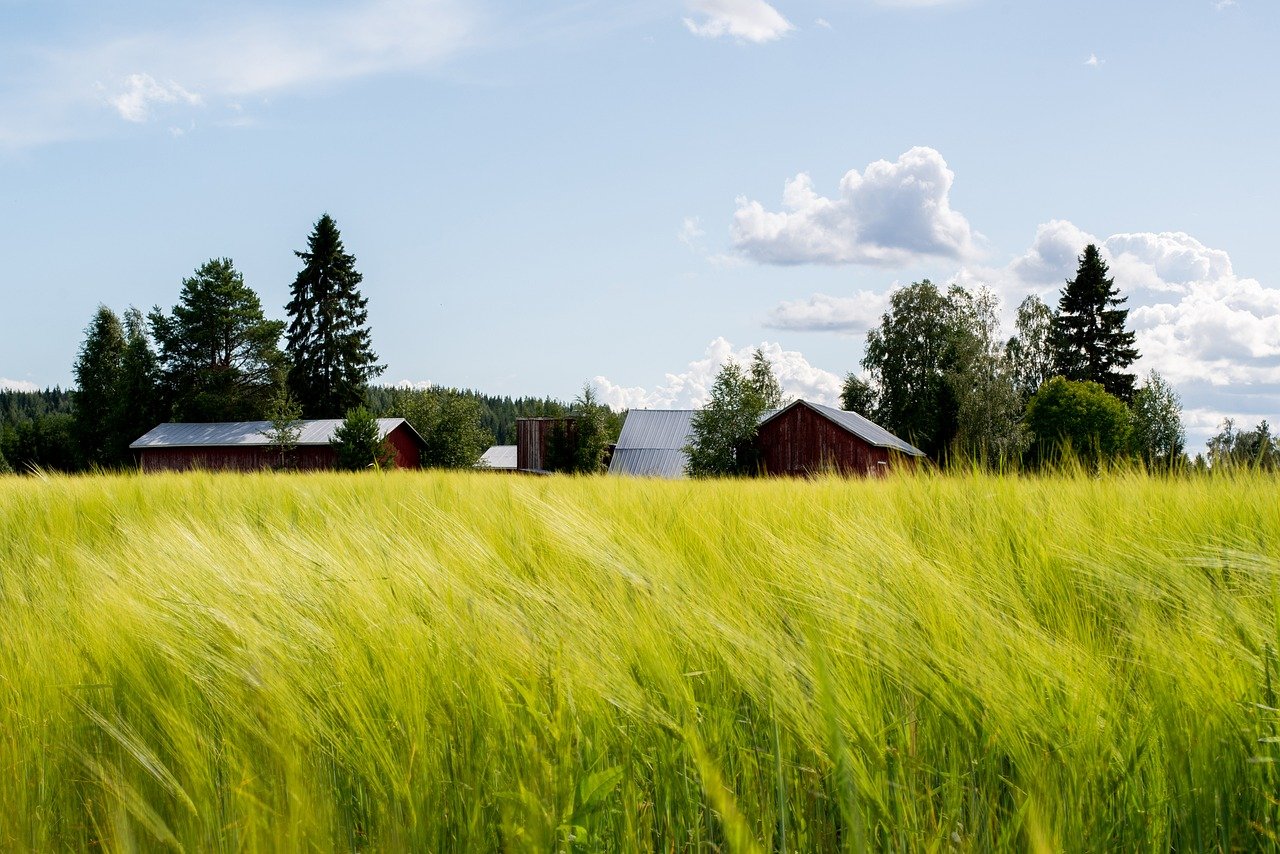
Economic Benefits
In the world of agriculture, the bottom line is crucial, and crop rotation plays a pivotal role in enhancing the economic viability of farming operations. By diversifying crops, farmers can tap into a range of that not only improve their profitability but also ensure sustainability in the long run. Imagine a farmer who traditionally grows the same crop year after year. While it may seem straightforward, this method can lead to diminishing returns due to soil depletion and increased pest pressures. On the other hand, by rotating crops, farmers can break this cycle and reap numerous economic rewards.
One of the most immediate benefits of crop rotation is the potential for cost reduction. When farmers implement diverse cropping systems, they often find that they can significantly cut down on their reliance on chemical fertilizers and pesticides. For instance, legumes, which are commonly used in crop rotation, have the ability to fix nitrogen in the soil, reducing the need for synthetic fertilizers. This not only lowers input costs but also contributes to a healthier ecosystem. The table below illustrates the comparative costs associated with traditional monoculture versus crop rotation:
| Farming Method | Average Annual Input Costs | Average Annual Yield |
|---|---|---|
| Monoculture | $500 per acre | 1500 lbs |
| Crop Rotation | $350 per acre | 1800 lbs |
As seen from the table, crop rotation not only reduces input costs but also enhances crop yields. This increase in productivity translates directly into higher revenues for farmers. Furthermore, by growing a variety of crops, farmers can diversify their income streams. This diversification is particularly beneficial in the face of market fluctuations, as it allows farmers to adapt to changing consumer demands and minimize risk. For example, if one crop faces a price drop, others may still perform well, balancing out potential losses.
Beyond immediate financial advantages, crop rotation can also open up new market opportunities. Farmers who engage in diverse cropping practices can attract different buyers and expand their customer base. Specialty crops or organic produce often fetch higher prices, and by rotating crops, farmers can meet the growing demand for such products. This adaptability is vital in today’s ever-evolving agricultural landscape, where consumer preferences can shift rapidly.
Moreover, the long-term economic sustainability of crop rotation should not be overlooked. By maintaining healthy soil and reducing dependency on chemical inputs, farmers can ensure their land remains productive for generations. This forward-thinking approach not only benefits the farmers but also contributes to a more sustainable food system overall. In summary, crop rotation is not just an agronomic practice; it is a strategic economic decision that can lead to greater profitability and resilience in an unpredictable market.
- What is crop rotation?
Crop rotation is the practice of alternating the types of crops grown on a particular piece of land to improve soil health and control pests and diseases. - How does crop rotation improve soil health?
By planting different crops, farmers can enhance soil structure, improve nutrient cycling, and promote microbial diversity, all of which contribute to healthier soils. - Can crop rotation help reduce farming costs?
Yes, by minimizing the need for chemical inputs and increasing yields, crop rotation can significantly lower overall farming costs. - What are the economic benefits of crop rotation?
Crop rotation can lead to cost reductions, increased yields, and new market opportunities, ultimately enhancing profitability for farmers.
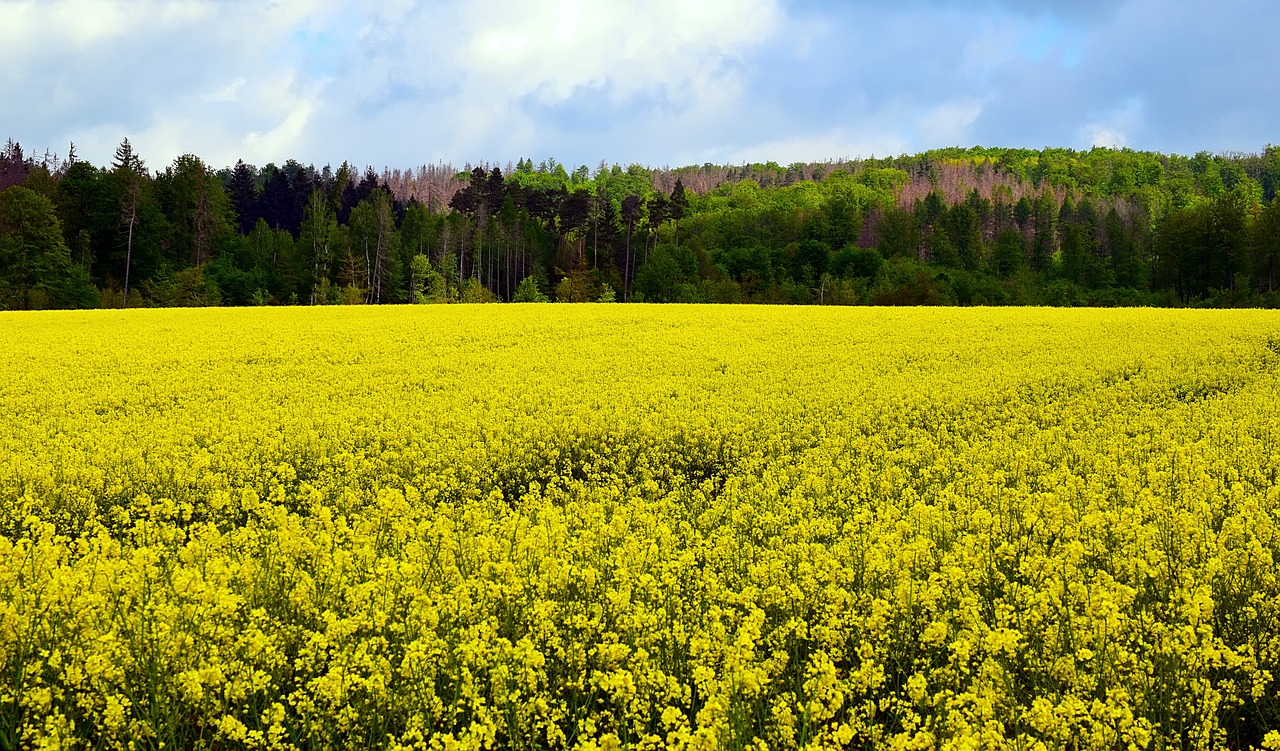
Cost Reduction
When it comes to farming, the bottom line often dictates the choices we make. One of the most compelling reasons to adopt crop rotation is the potential for significant . Imagine this: instead of relying heavily on expensive fertilizers and pesticides, farmers can leverage the natural benefits of diverse crops to enhance their soil and reduce their overall expenses. Isn't that a win-win?
Firstly, crop rotation minimizes the need for chemical inputs by naturally replenishing soil nutrients. For instance, legumes like beans and peas fix nitrogen in the soil, which is a key nutrient that many plants require. When farmers include legumes in their rotation, they can cut back on synthetic fertilizers, which can be quite costly. This not only saves money but also promotes a healthier ecosystem. Picture a farmer who, instead of spending thousands on fertilizers each season, is able to rely on the natural processes of the soil. That’s the beauty of crop rotation!
Moreover, crop rotation can lead to higher yields over time. Healthier soil supports better crop growth, which translates to more produce per acre. This increase in productivity can significantly offset the costs associated with planting and maintaining crops. For example, a farmer might initially invest in a diverse crop system, but as the years go by, the enhanced yields can result in a much higher profit margin. To illustrate this, consider the following table:
| Year | Crops Planted | Yield (Bushels/Acre) | Fertilizer Cost ($) | Profit ($) |
|---|---|---|---|---|
| 1 | Monoculture | 50 | 500 | 2000 |
| 2 | Crop Rotation | 70 | 300 | 3500 |
| 3 | Crop Rotation | 85 | 250 | 4500 |
This table highlights the financial impact of transitioning from a monoculture to a crop rotation system. In just a couple of years, the farmer not only reduces costs but also sees a dramatic increase in profits. It’s like turning a rusty old bicycle into a sleek, high-speed machine!
Additionally, crop rotation can help in pest management, which further contributes to cost savings. By disrupting the life cycles of pests, farmers can reduce their reliance on pesticides, which can be a significant expense. When crops are rotated, pests that thrive on a single type of plant are less likely to establish themselves, leading to healthier crops and lower pest control costs. Think about it—why pay for expensive pesticides when you can let nature do the work for you?
In conclusion, adopting crop rotation is not just an environmentally friendly choice; it’s a financially savvy one as well. By reducing costs associated with chemical inputs, increasing yields, and minimizing pest issues, farmers can significantly improve their profitability. So, if you’re a farmer looking to boost your bottom line, consider giving crop rotation a try. It's like planting seeds for a more sustainable and prosperous future!
- What is crop rotation? Crop rotation is the practice of alternating the types of crops grown in a specific area to improve soil health and reduce pests.
- How does crop rotation improve soil fertility? Different crops have varying nutrient needs, and rotating them helps to replenish and balance soil nutrients naturally.
- Can crop rotation help with pest control? Yes, by disrupting the life cycles of pests, crop rotation can lead to lower pest populations and reduced need for pesticides.
- Is crop rotation economically beneficial? Absolutely! It can lead to lower costs for fertilizers and pesticides, higher crop yields, and improved profitability.
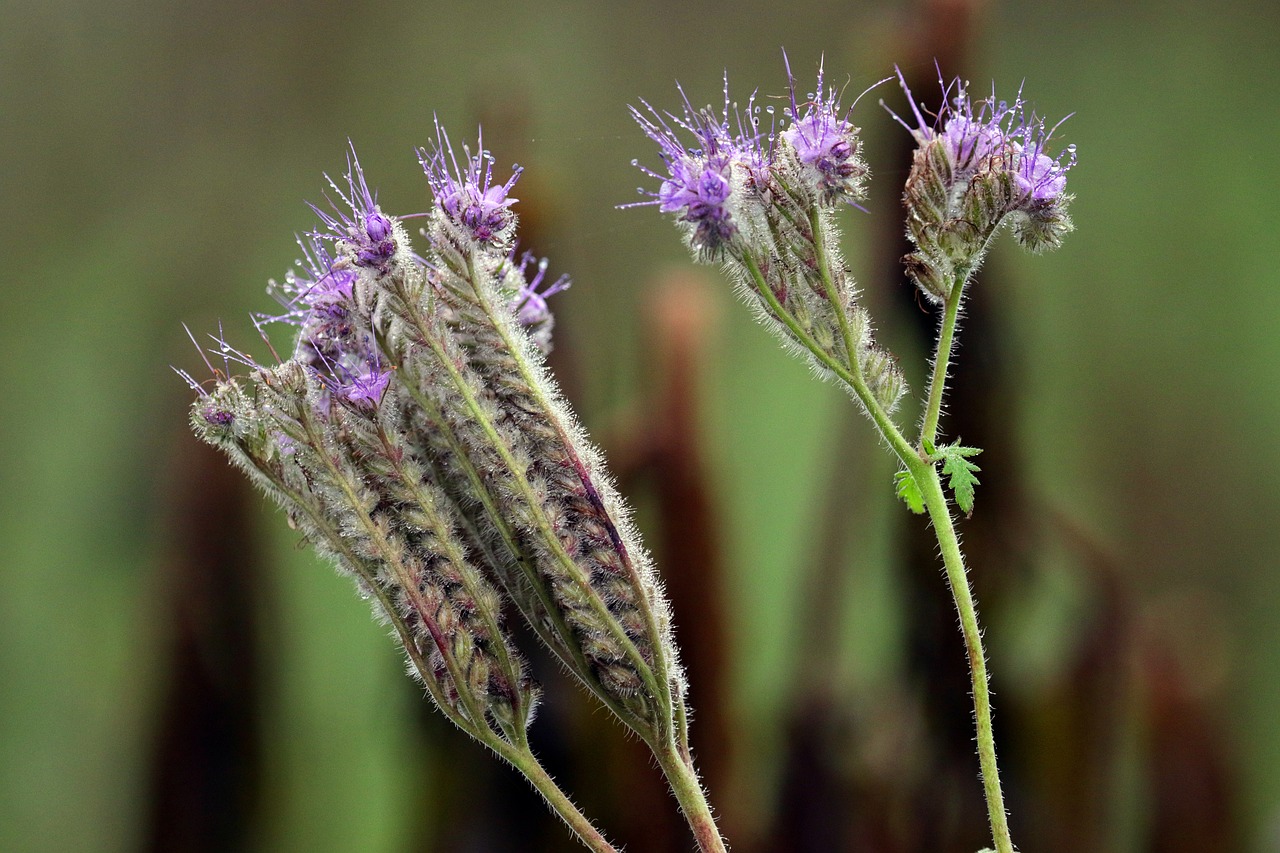
Market Opportunities
In today's ever-evolving agricultural landscape, crop rotation isn't just a sustainable practice; it's a gateway to exciting market opportunities for farmers. By diversifying their crops, farmers can tap into new markets that were previously inaccessible. Imagine planting a variety of crops instead of relying solely on one staple; this not only enhances soil health but also opens the door to selling unique products that cater to niche markets.
For instance, consider a farmer who traditionally grows corn. By integrating legumes and specialty crops into their rotation, they can attract buyers interested in organic produce or local grains. The ability to offer a variety of products not only boosts the farmer's marketability but also helps them stand out in crowded marketplaces. Furthermore, diverse cropping systems can provide a buffer against the volatility of market prices. When one crop's price dips, others may hold steady or even rise, ensuring a more stable income. This adaptability is crucial in today's unpredictable economic climate.
Moreover, crop rotation can lead to long-term partnerships with local businesses and restaurants seeking fresh, seasonal produce. These collaborations can enhance a farmer's reputation while providing a consistent customer base. In fact, many consumers are increasingly interested in supporting local agriculture, making it essential for farmers to position themselves as reliable suppliers of diverse, high-quality products.
To illustrate the potential of crop rotation in creating market opportunities, let's take a look at a simple table summarizing the benefits:
| Benefit | Description |
|---|---|
| Diverse Product Offerings | Attracts different customer segments and meets varying consumer demands. |
| Price Stability | Reduces the risk of income loss due to market fluctuations. |
| Local Partnerships | Encourages collaboration with local businesses and restaurants. |
| Consumer Trends | Aligns with the growing demand for organic and locally sourced products. |
In conclusion, embracing crop rotation is not just about sustainable farming; it's about unlocking a treasure trove of market opportunities. By thinking beyond traditional practices, farmers can create a resilient and profitable agricultural business that thrives on diversity and innovation. So, why not take the plunge? The rewards of crop rotation extend far beyond the field and into the marketplace, paving the way for a brighter, more sustainable future.
- What is crop rotation? Crop rotation is the practice of growing different types of crops in the same area across a sequence of seasons.
- How does crop rotation improve soil health? It enhances soil structure, nutrient content, and microbial diversity, leading to healthier soils.
- Can crop rotation reduce pest populations? Yes, by disrupting the life cycles of pests and weeds, crop rotation can lead to lower pest pressure.
- What are some examples of crops used in rotation? Common examples include corn, soybeans, wheat, and legumes.
- How can crop rotation increase profitability? By reducing input costs and opening new market opportunities, crop rotation can enhance overall profitability.
Frequently Asked Questions
- What is crop rotation and why is it important?
Crop rotation is the practice of growing different types of crops in the same area across a sequence of seasons. It's crucial because it helps maintain soil health, reduces pest and weed problems, and increases agricultural productivity. Think of it as a natural way to give your soil a break and keep it thriving!
- How does crop rotation improve soil health?
By alternating crops, you can enhance soil structure and nutrient content. Different plants have unique root systems and nutrient needs, which can lead to better nutrient cycling and improved water retention. It's like giving your soil a balanced diet!
- Can crop rotation help with pest management?
Absolutely! Crop rotation disrupts the life cycles of pests and weeds, making it harder for them to establish themselves. This means less reliance on chemical pesticides, leading to healthier ecosystems. Imagine rotating your favorite TV shows to keep things fresh and exciting—it's the same concept!
- What economic benefits does crop rotation provide?
Incorporating crop rotation can lead to increased profitability for farmers. By reducing the need for chemical inputs and improving yields, farmers can lower their costs. Plus, diverse crops can open new market opportunities, making them more resilient to market fluctuations. It's a win-win!
- How does crop rotation contribute to nutrient management?
Different crops require different nutrients, and rotating them helps balance the soil nutrient levels. This practice promotes nutrient cycling and replenishment, ensuring that the soil remains fertile. Think of it as rotating your favorite snacks to keep your pantry stocked and varied!
- What types of crops are best for rotation?
It often depends on your specific soil and climate conditions, but generally, legumes (like beans and peas) are excellent for fixing nitrogen in the soil. Pairing them with cereals or root crops can create a beneficial rotation. It's like pairing the right wine with your meal for the best flavor experience!



















